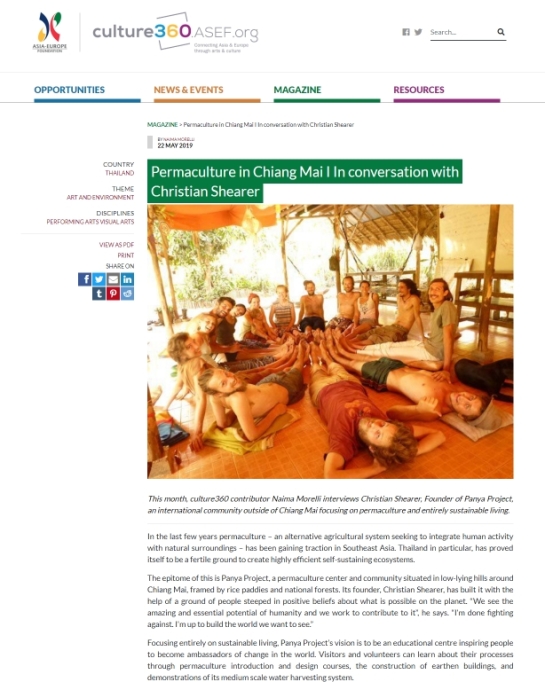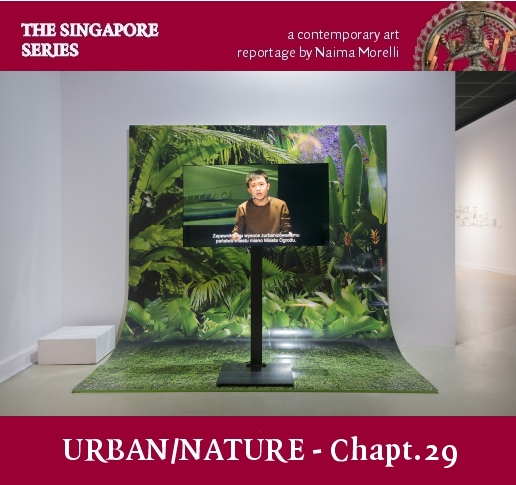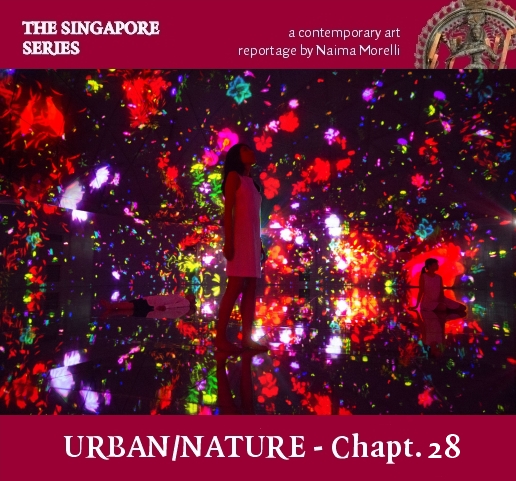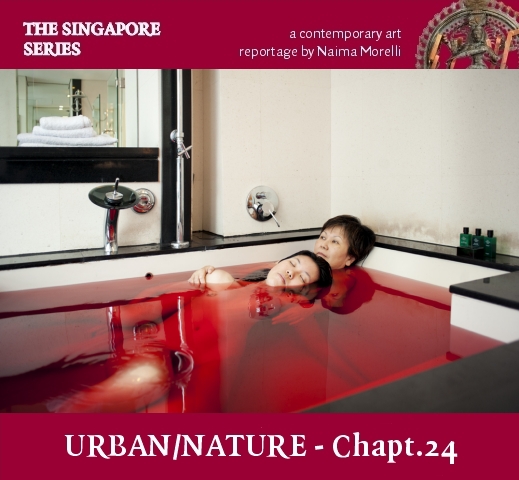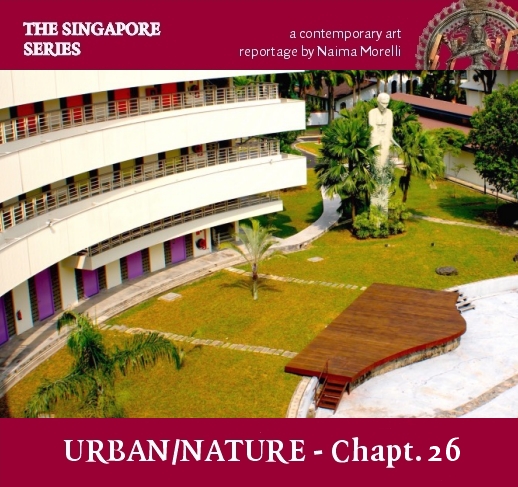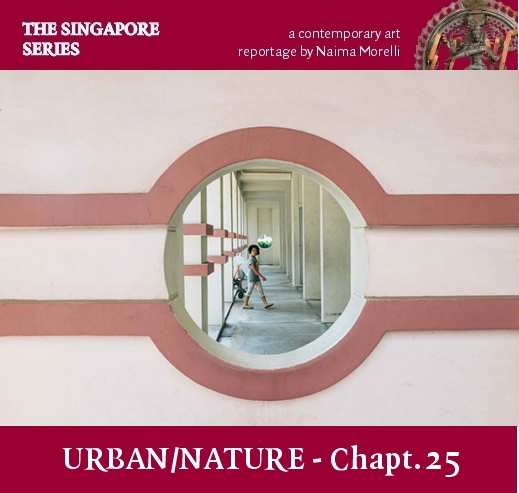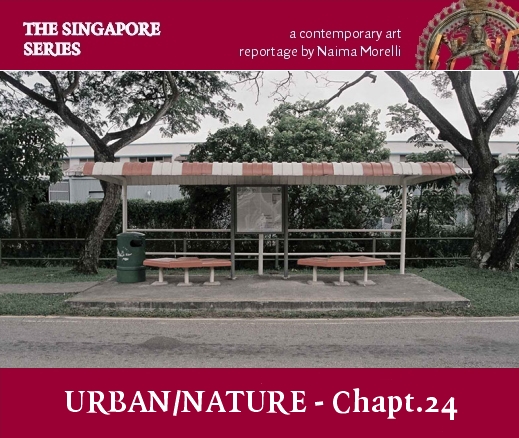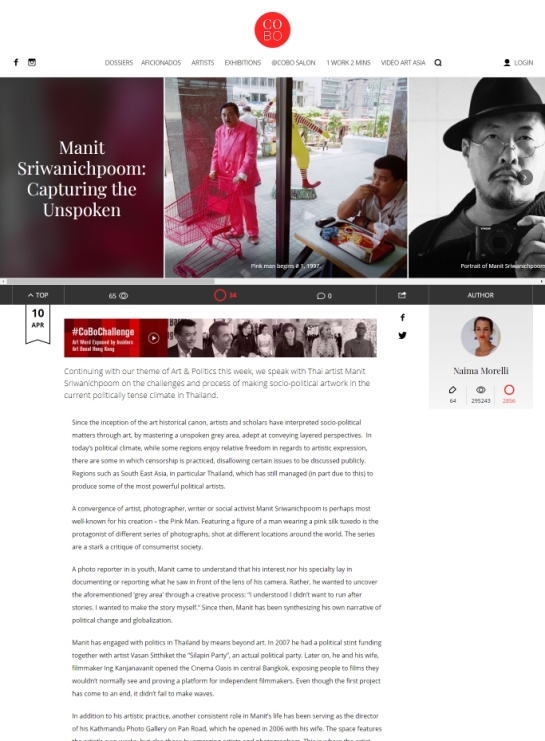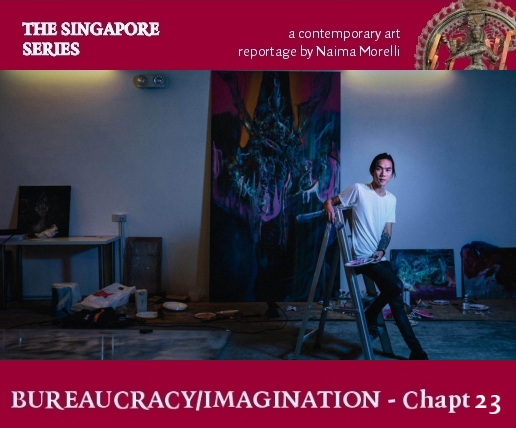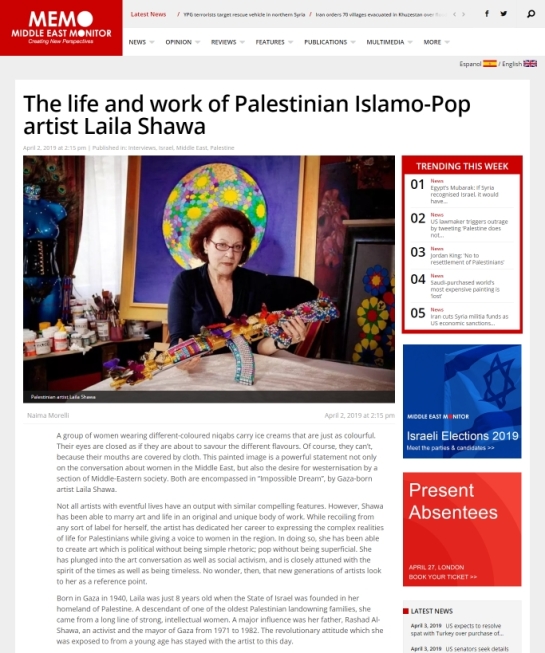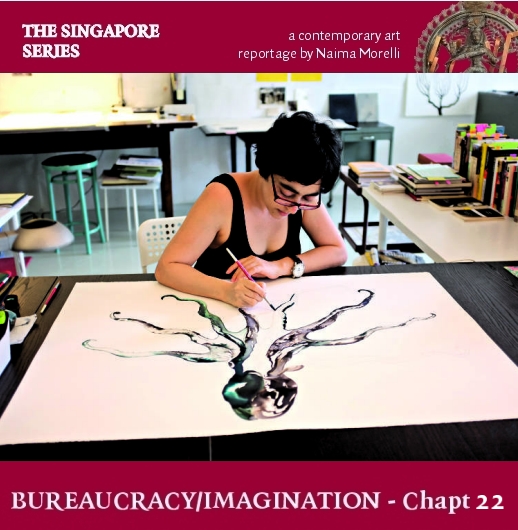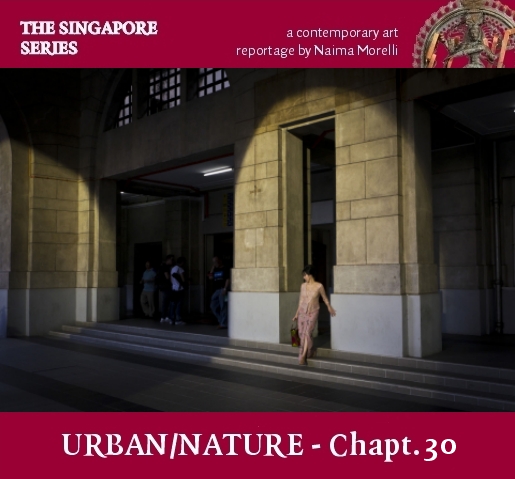
Adeline Kueh
“What gets measured gets managed,” wrote Peter Drucker, the founder of modern management. And the struggle of measuring what is imponderable is one of the shapes that the contrast between bureaucracy and spirit takes shape. In this context, we have seen how there are those giving breath to a life in a country which is all about achievement and “getting there”. If this attitude of bringing home results has proved successful for the city state, artists are those who need to rebalance the machine with a ghost. To give humanity to the clog.
Artist Adeline Kueh belongs to those who are able to give shape to feelings that you can’t simply calculate on a spreadsheet. Her sensitivity is attuned to the appreciation of beauty, and she finds it in the memories, in the history of people, places and objects. I meet this pretty, tiny and brisk woman in the Lasalle cafè where she works as an art educator. Every project she starts comes from a personal place, and has memories and meaning attached to it. She looks with a romantic and poetic eye at themes which can be considered quite risqué (she loves to drop a French word here and there — perhaps from her living in Canada as a young student, perhaps from her wide-ranging readings).
Read More